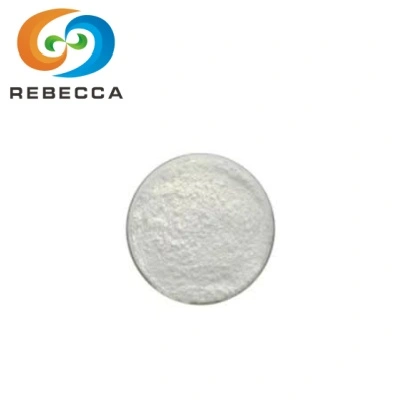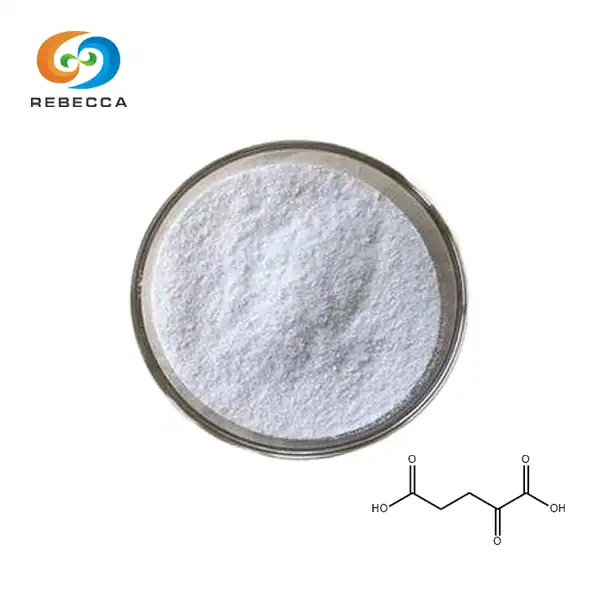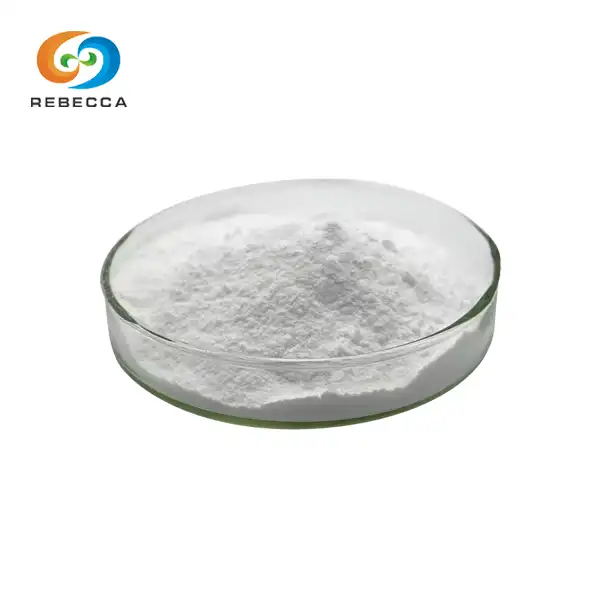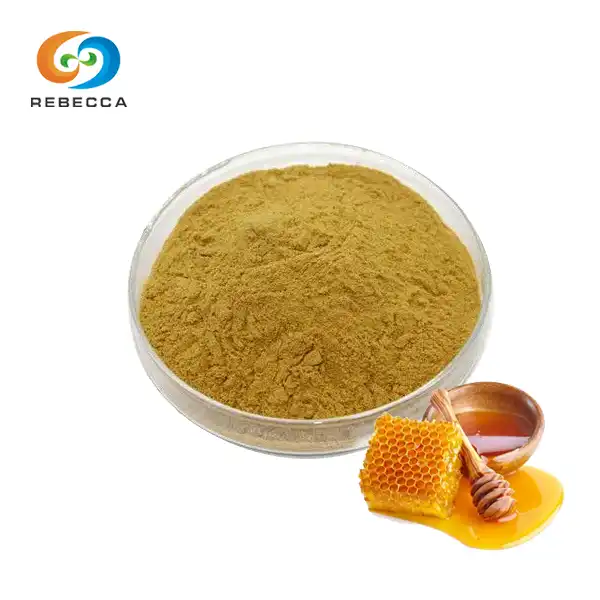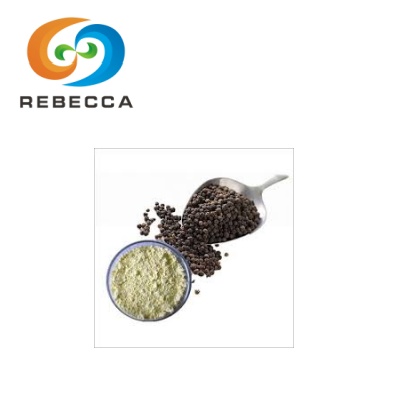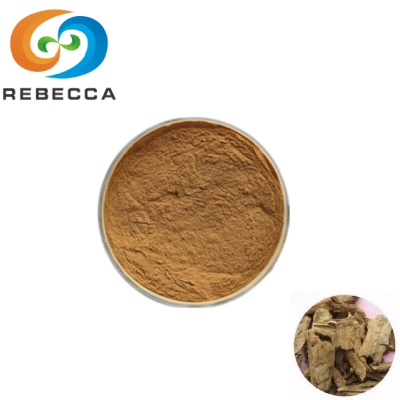What are the purity levels of lycopene extract powder available on the market?
Lycopene extract powder is available in various purity levels on the market, typically ranging from 5% to 98%. The most common concentrations include 5%, 10%, 20%, and 50%, with higher purities of 90% and 98% also available for specialized applications. These purity levels cater to different industry needs, from functional foods and dietary supplements to pharmaceutical and cosmetic formulations. The choice of purity depends on the intended use, regulatory requirements, and cost considerations
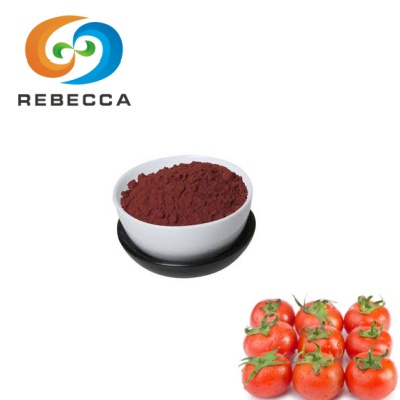
English name: tomato extract
Latin Name: Lycopersicon esculentum
CAS No.: 502-65-8
Molecular formula:C40H56
Molecular Weight: 536.88
active ingredients: lycopene
Specification: 5%~98%
Use Part : fruit
Appearance: Dark red powder
Mesh size:80 Mesh
Test Method: HPLC
Lycopene Purity Percentages
Common lycopene extract powder concentrations
Lycopene extract powder is offered in a wide range of concentrations to meet diverse industry needs. The most frequently encountered purities include:
- 5-10%: Often used in food and beverage applications
- 20-30%: Commonly found in dietary supplements
- 50%: Preferred for higher-potency nutraceutical formulations
- 90-98%: Utilized in pharmaceutical and high-end cosmetic products
These varying concentrations allow manufacturers to select the most appropriate purity level for their specific product requirements and target market.
Factors affecting lycopene purity in extracts
Several factors influence the final purity of lycopene extract powder:
- Raw material quality: The tomato variety and ripeness significantly impact initial lycopene content
- Extraction method: Advanced techniques like supercritical CO2 extraction yield higher purities
- Purification process: Multiple stages of chromatography and crystallization increase purity
- Storage conditions: Temperature, light, and oxygen exposure can degrade lycopene over time
Manufacturers must carefully control these variables to achieve consistent, high-purity lycopene extracts.
Industry standards for lycopene extract purity
The lycopene extract industry adheres to several standards to ensure product quality and safety:
- USP (United States Pharmacopeia): Sets purity and identity standards for lycopene
- EP (European Pharmacopoeia): Provides specifications for lycopene used in pharmaceutical applications
- JECFA (Joint FAO/WHO Expert Committee on Food Additives): Establishes purity criteria for food-grade lycopene
These standards help maintain consistency across the industry and ensure that lycopene extract powder meet regulatory requirements for various applications.

Quality Control: Ensuring High-Purity Lycopene
Testing methods for lycopene extract purity
Accurate purity assessment is crucial for lycopene extract powder. The most common analytical techniques include:
- High-Performance Liquid Chromatography (HPLC): The gold standard for quantifying lycopene content
- UV-Vis Spectrophotometry: Provides rapid screening of lycopene concentration
- Gas Chromatography-Mass Spectrometry (GC-MS): Identifies potential impurities and contaminants
These methods allow manufacturers to verify purity claims and ensure batch-to-batch consistency.
GMP and ISO certifications in lycopene production
Quality assurance in lycopene production is maintained through adherence to strict manufacturing standards:
- Good Manufacturing Practices (GMP): Ensures consistent production of high-quality lycopene extracts
- ISO 9001: Certifies quality management systems in lycopene manufacturing facilities
- ISO 22000: Addresses food safety management for lycopene used in food applications
These certifications provide assurance to buyers that lycopene extract powders are produced under controlled conditions, meeting rigorous quality and safety standards.
Stability and shelf-life of high-purity lycopene
Maintaining the stability of lycopene extract powder is essential for product efficacy:
- Antioxidant addition: Vitamin E or rosemary extract can enhance lycopene stability
- Microencapsulation: Protects lycopene from environmental factors, extending shelf-life
- Proper packaging: Light-resistant, oxygen-barrier containers preserve lycopene potency
- Storage recommendations: Cool, dry conditions (below 25°C) maximize product longevity
By implementing these stability measures, manufacturers can ensure that high-purity lycopene extract powders maintain their potency throughout their shelf-life.
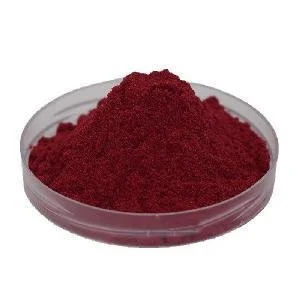
Price vs. Purity: Making Informed Choices
Cost analysis of different lycopene purity levels
The price of lycopene extract powder correlates strongly with its purity level:
- 5-10% purity: Generally the most economical option, suitable for mass-market products
- 20-50% purity: Mid-range pricing, balancing cost and potency for many applications
- 90-98% purity: Premium pricing, reflecting the extensive purification processes required
Buyers must consider the cost-benefit ratio when selecting a purity level, weighing the increased efficacy of higher purities against their higher price points.
Balancing purity and budget for various applications
Different industries have varying requirements for lycopene purity:
- Food and beverage: Lower purities (5-20%) often suffice, keeping costs manageable
- Dietary supplements: Mid-range purities (20-50%) offer a good balance of potency and affordability
- Pharmaceuticals: Higher purities (90%+) may be necessary to meet regulatory standards
- Cosmetics: Purity choice depends on the product positioning and claims
Manufacturers must align their purity choice with product specifications, target market, and pricing strategy.
ROI of high-purity lycopene in product formulations
Investing in higher-purity lycopene can yield significant returns:
- Enhanced efficacy: Higher concentrations may allow for reduced dosages in formulations
- Improved stability: Purer forms often exhibit better shelf-life, reducing waste
- Premium positioning: High-purity lycopene can justify higher product pricing
- Regulatory compliance: Meeting stringent purity requirements opens up new markets
While initially more expensive, high-purity lycopene can offer long-term value through product differentiation and expanded market opportunities.
The market offers a wide spectrum of lycopene extract powder purities, catering to diverse industry needs. From 5% to 98% concentrations, each purity level serves specific applications across food, supplement, pharmaceutical, and cosmetic sectors. Quality control measures, including advanced testing methods and adherence to GMP and ISO standards, ensure consistent, high-quality lycopene extracts. When selecting a purity level, manufacturers must balance cost considerations with product requirements, regulatory compliance, and market positioning. By making informed choices about lycopene purity, companies can optimize their formulations, enhance product efficacy, and maximize their return on investment.

Where to Buy Lycopene Extract Powder?
Shaanxi Rebeccia is a trusted manufacturer of high-quality lycopene extract powder. Our production facility utilizes cutting-edge extraction, separation, and purification equipment, operating under strict GMP and ISO standards. We maintain rigorous quality control throughout our process, from raw material sourcing to final product delivery, ensuring the safety and efficacy of our lycopene extracts. Our product purities range from 5% to 98%. For inquiries about our lycopene extract or to discuss your specific needs, contact us at information@sxrebecca.com.
References
- Rao, A. V., & Rao, L. G. (2007). Carotenoids and human health. Pharmacological Research, 55(3), 207-216.
- Shi, J., & Le Maguer, M. (2000). Lycopene in tomatoes: chemical and physical properties affected by food processing. Critical Reviews in Food Science and Nutrition, 40(1), 1-42.
- Kavanaugh, C. J., Trumbo, P. R., & Ellwood, K. C. (2007). The U.S. Food and Drug Administration's evidence-based review for qualified health claims: tomatoes, lycopene, and cancer. Journal of the National Cancer Institute, 99(14), 1074-1085.
- Davinelli, S., Nielsen, M. E., & Scapagnini, G. (2018). Astaxanthin in skin health, repair, and disease: A comprehensive review. Nutrients, 10(4), 522.
- Cooperstone, J. L., & Schwartz, S. J. (2016). Recent insights into lycopene isomer bioavailability and metabolism. Advances in Nutrition, 7(5), 947-950.
